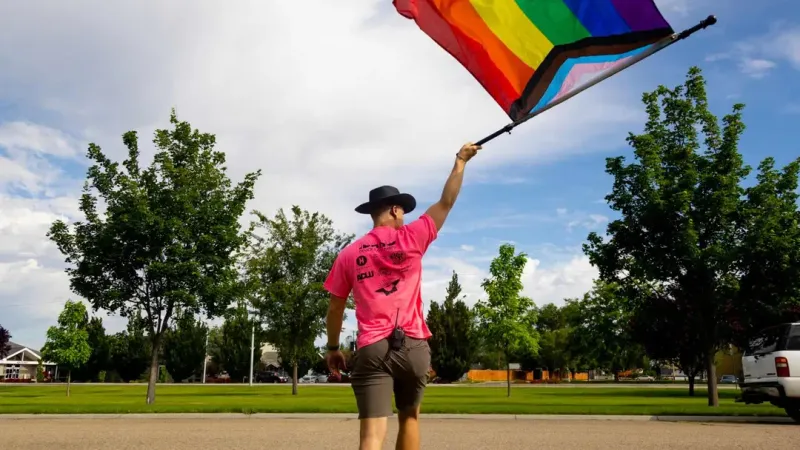Party City Files for Bankruptcy, Citing Pandemic and Helium
After struggling with inflation and a drop in customer spending, Party City has filed for Chapter 11 bankruptcy protection and is planning on restructuring to free up cash liquidity and lower its debt.

Facts
- After struggling with inflation and a drop in customer spending, Party City has filed for Chapter 11 bankruptcy protection and is planning on restructuring to free up cash liquidity and lower its debt. The company said its subsidiaries outside the US and its foil balloon business are not part of the plan.
- The filing includes a deal for its creditors to hold 70% of over $900M in senior secured first-lien notes, support the expedited restructuring, and convert debt into equity. The New Jersey-based company expects to end its bankruptcy in four months.
- The company has dealt with growing competition from big chain stores and pop-up stores like Spirit Halloween, as well as rising costs and a global helium shortage since the pandemic. From 2017 to 2021, its sales dropped 8% to $2.2B, and the chain is expected to lose another $199M from 2022.
- Party City, which operates 800 company-owned and franchise stores in North America, has seen dwindling revenue as it faced rising freight, labor, and raw materials costs — leading to reports on Jan. 6 of potential bankruptcy and a subsequent stock drop of 57%. Its stock was up 11% to 41 cents during pre-market trading Wednesday.
- As of Sept. 30, the costume and party decoration retailer said it had $1.67B in debt, with available liquidity of $122M. It has also claimed it has secured a $150M bankruptcy loan and will use half of it to immediately pay wages and vendors, among other expenses.
- The helium shortage, exacerbated by global supply-chain issues since the pandemic, has hurt the company's balloon sales, which it said in its regulatory filing is a "focal point of our growth strategy" and "a key driver of our differentiated brand experience."
Sources: New York Post, Wall Street Journal, CNN, NBC, CNBC, and WCVB.
Narratives
- Narrative A, as provided by The Spokesman-Review. Party City's bankruptcy is a victim of the toll of the COVID pandemic. From stressed supply chains to fewer in-person gatherings, yet another business has fallen victim to disruption, lockdowns, and economic effects. This shows that some companies just won't be able to recover.
- Narrative B, as provided by Forbes. The Party City bankruptcy is a canary in the coal mine of a more serious issue — the global helium shortage. Not only had the shortage been brewing for years prior, but the Russian war in Ukraine squeezed supplies even more. This could next impact the medical sector and strain vital procedures like MRIs.






